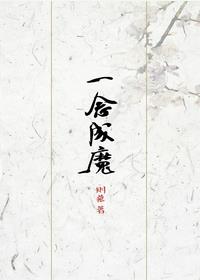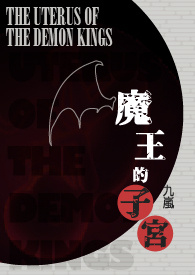567中文网为您推荐
[综英美]外星少女今天仍然在拯救地球
晋江2017.07.30完结当前被收藏数:11029文章积分:105,601,8[点击阅读]
今日更新
| [都市] | 报告爷,太太要休夫! | 第76章霍夫人 | 唐烫 | 2025-07-19 |
| [玄幻] | 猎国 | 第四百六十五章【“好人”夏亚】 | 跳舞 | 2025-07-19 |
| [仙侠] | 飞天 | 第六一五章未必会跟你走 | 跃千愁 | 2025-07-19 |
| [都市] | 锦绣田园:撩个夫君来种田 | 第五百九十二章最美的诺言是你一直相伴 | 樱雪 | 2025-07-19 |
| [军史] | 曹贼 | 新书盛唐崛起已经上架恳请支持!! | 庚新 | 2025-07-19 |
| [仙侠] | 易鼎 | 二封感谢 | 荆柯守 | 2025-07-19 |
| [网游] | 体坛多面手 | 新书酷炫人生已上传 | 术小城 | 2025-07-19 |
| [都市] | 小兵出击 | 第35章大结局() | 邀云月上 | 2025-07-19 |
| [玄幻] | 奥术神座 | 新书已发 | 爱潜水的乌贼 | 2025-07-19 |
| [都市] | 王爷追妻不要脸 | 第277章他们的人生才刚开始 | 琉璃 | 2025-07-19 |
| [军史] | 贞观大闲人 | 新书李治你别怂已发求老朋友们支持 | 贼眉鼠眼 | 2025-07-19 |
| [都市] | 呆萌吃货:神医娘亲酷爹爹 | 第200章我是有靠山的(大结局) | 空心 | 2025-07-19 |
| [都市] | 一品豆香 | 第503章 | 莫央 | 2025-07-19 |
| [玄幻] | 龙王戒 | 新书悟空看私聊上传啦! | 李白不白 | 2025-07-19 |
| [都市] | 合租小医仙 | 第一千五百二十九章归乡(大结局) | 风小狗 | 2025-07-19 |
| [玄幻] | 惊悚乐园 | 完本感言 | 三天两觉 | 2025-07-19 |
| [都市] | 回到过去当歌神 | 完本感言 | 小城居民 | 2025-07-19 |
| [都市] | 妃痞天下:妖孽帝君太缠人 | 第369章大结局 | 言小烟 | 2025-07-19 |
| [都市] | 武侠开端 | 新书男儿当坑人已发布 | 刘少冲 | 2025-07-19 |
| [都市] | 豪门公子的村姑妻 | 第310章大结局 | 芳香美玉 | 2025-07-19 |
| [玄幻] | 尘斗路 | 完本感言 | 咕噜咕噜碳 | 2025-07-19 |
| [玄幻] | 冰戟之粟念 | 第221章大结局 | 美丁姑娘 | 2025-07-19 |
| [都市] | 歌王 | 我中了七亿大奖! | 葱爆洋葱 | 2025-07-19 |
| [都市] | 公主嫁到,腹黑将军财迷妻 | 第545章大结局 | 橙爷 | 2025-07-19 |
| [都市] | 邪王盛宠:霸上金牌狂妃 | 第206章对这个小白痴有什么好心疼的 | 安小暖 | 2025-07-19 |
| [都市] | 蜜爱100度:总裁宠妻成瘾 | 第903章全文大结局(下) | 素馨小花 | 2025-07-19 |
| [玄幻] | 开局召唤西厂厂花 | 新书废土超级制造工厂发布 | 飞鱼转身 | 2025-07-19 |
| [玄幻] | 篡命铜钱 | 后记 | 水平面 | 2025-07-19 |
| [军史] | 抗日虎贲 | vip卷大结局 | 秋风起叶落 | 2025-07-19 |
| [其它] | 非典情人 | 尾声 | Chiara | 2025-07-19 |
新书入库
- 2. 尘斗路
- 3. 冰戟之粟念
- 4. 武侠开端
- 5. 公主嫁到,腹黑将军财迷妻
- 6. 邪王盛宠:霸上金牌狂妃
- 7. 歌王
- 8. 蜜爱100度:总裁宠妻成瘾
- 9. 开局召唤西厂厂花
- 10. 抗日虎贲
友情链接













